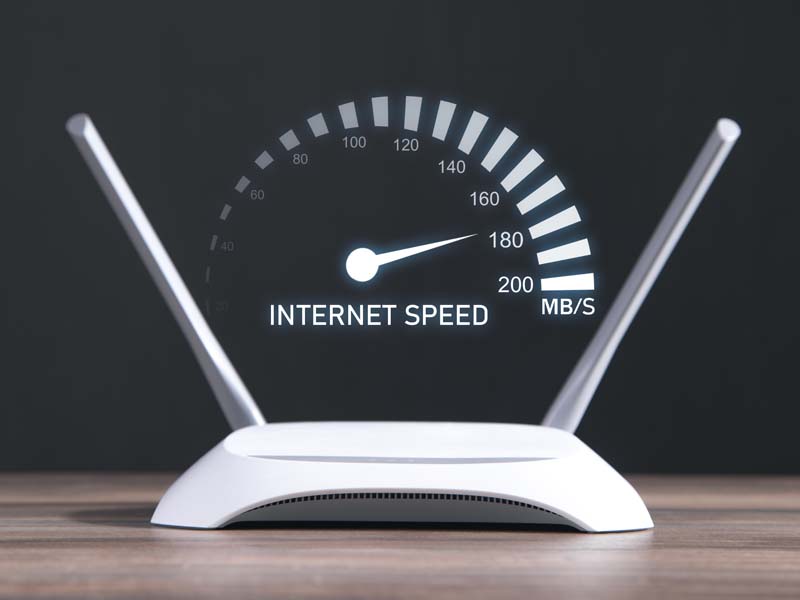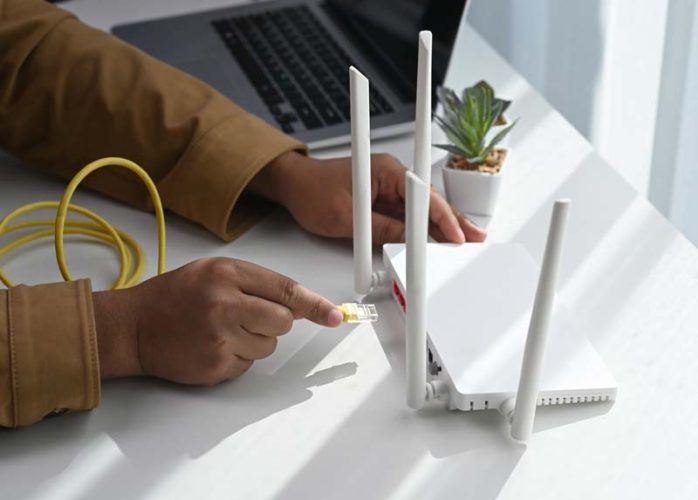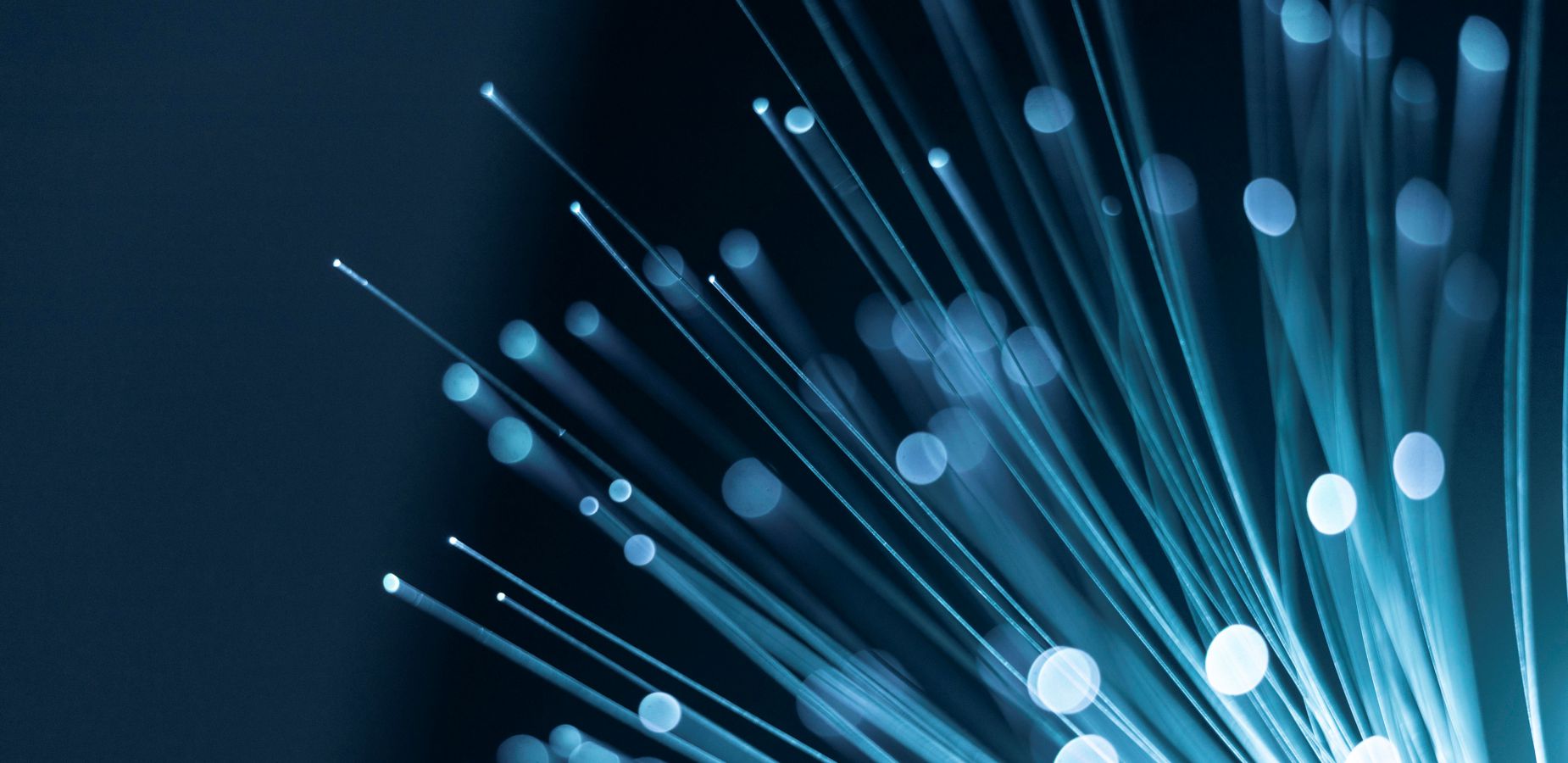Why Fiber?
All-fiber networks (sometimes referred to as fiber-to-the-home—FTTH—or fiber-to-the-premises—FTTP) are built to connect homes and businesses to lightning-fast Internet connections. The fiber optic cables that make up these networks are the fastest and most reliable broadband technology and are capable of delivering vastly higher bandwidth than traditional copper wires or wireless. All-fiber networks are directly connected from the central office all the way to a subscriber’s building. There is no other technology along the path except fiber optics.
Fiber optic cables are made up of thin strands of glass that carry information by transmitting pulses of light, which are usually created by lasers. The vibrations are turned on and off very quickly. A single fiber can carry multiple streams of information simultaneously over different wavelengths, or colors, of light, enabling more robust video, Internet, and voice services. Fiber cables are capable of transmitting multi-gigabit Internet speeds compared to the mere megabytes typical of copper connections.
Best of all, ongoing improvements in fiber optic equipment are constantly increasing the bandwidth that can travel through fiber networks.
The benefits of all-fiber networks are enormous.

Faster Internet
Building a network capable of keeping up with growing consumer demand for videos, music streaming, and online gaming is no easy task. However, all-fiber networks are up to the challenge. Fiber is consistently able to provide the fastest download and upload speeds compared to older technologies like cable, DSL, and wireless.
Increased MDU (Multi Dwelling Unit) Home Values
A recent study from the Fiber Broadband Association (Our sister Council in America) showed that fast and reliable broadband is now rated the single most important amenity for multiple dwelling units (MDU) residents. The study also showed having access to fiber broadband increases rental and property values in MDUs by 8 percent and 2.8 percent respectively.


Community Development
Cities and towns across the country are deploying fiber optic infrastructure by developing municipal broadband networks that help speed up deployment in underserved areas. By relying on nontraditional providers and public/private partnerships, local governments are using all-fiber networks to position their communities for tomorrow’s jobs and economic growth.
Fiber Networks Help Local Economies
Fiber broadband internet accelerates a nation’s digital economy, fostering unprecedented growth and innovation. With the level of high speed provided by fiber broadband, it fuels seamless online transactions, remote work, and e-commerce. A study by the World Bank revealed that a 10% increase in broadband penetration can lead to a 1.38% rise in GDP growth. Countries like South Korea and Singapore, pioneers in fiber adoption, have witnessed thriving tech ecosystems, increased entrepreneurship, and enhanced global competitiveness.


Digital literacy
Fiber broadband empowers digital literacy by providing swift access to vast online resources. High-speed connectivity enables interactive learning platforms, online courses, and virtual libraries, bridging the digital divide. A report from UNESCO highlights that improved broadband access enhances education quality, equipping individuals with essential digital skills. With fiber’s reliability and speed, people can explore, learn, and develop proficiency in navigating the digital landscape, fostering a more digitally inclusive society.
Sustainable
Glass is made from sand—an inexhaustible resource that uses far less energy and creates far less pollution to manufacture than the extraction of copper from its ore.

